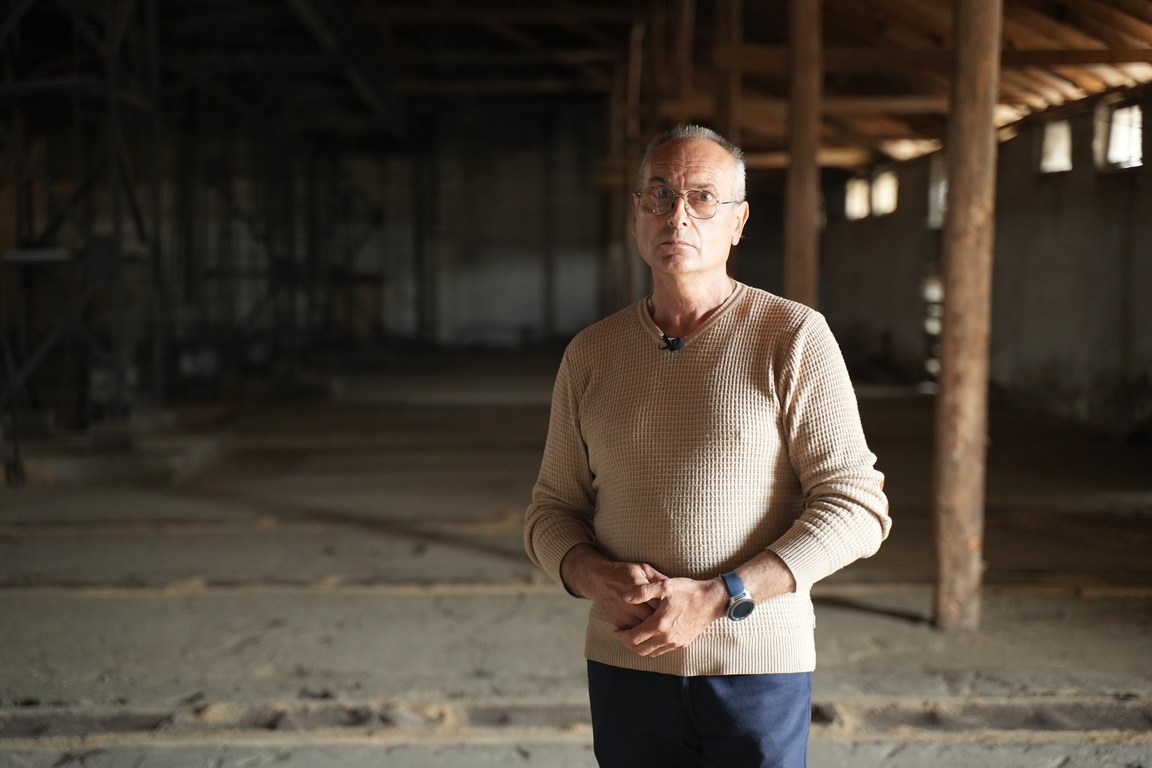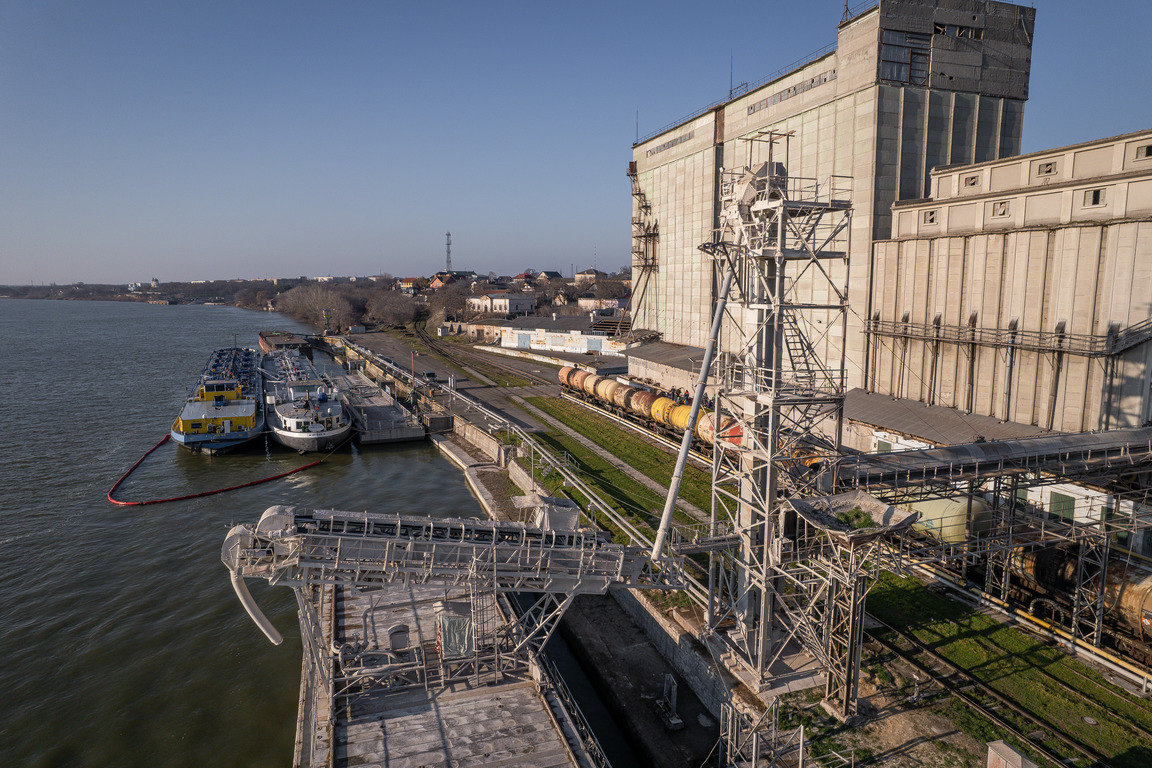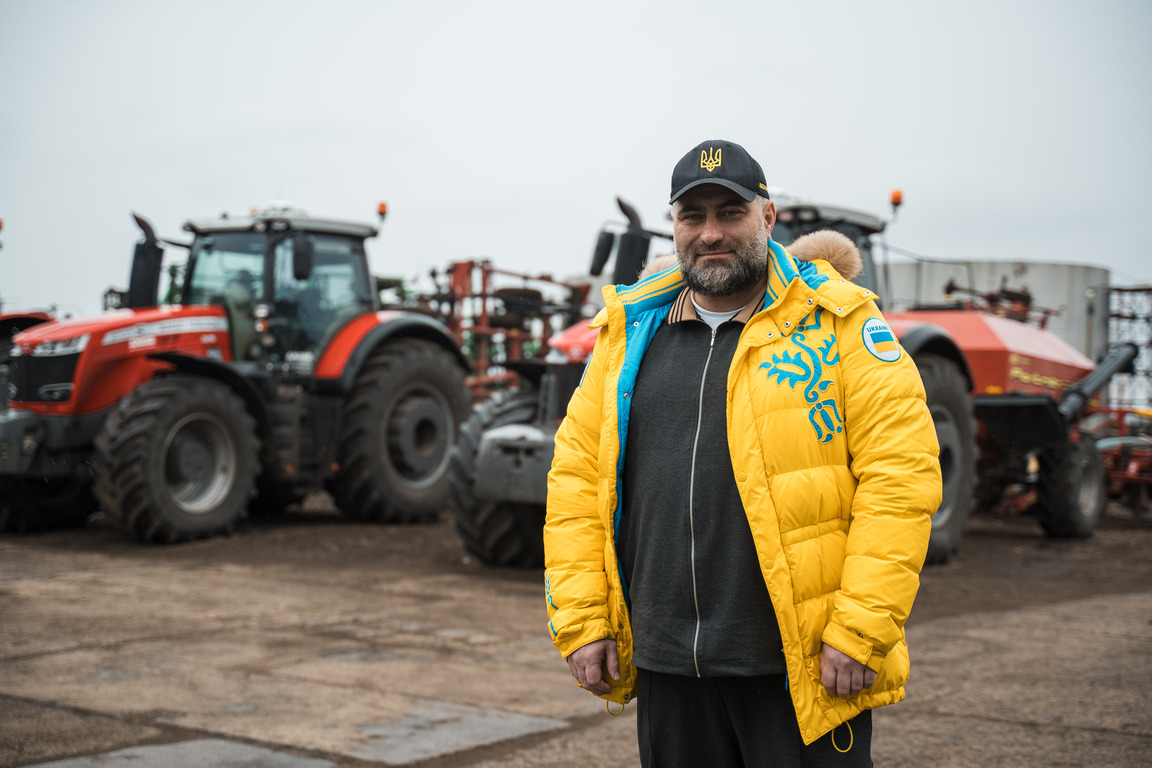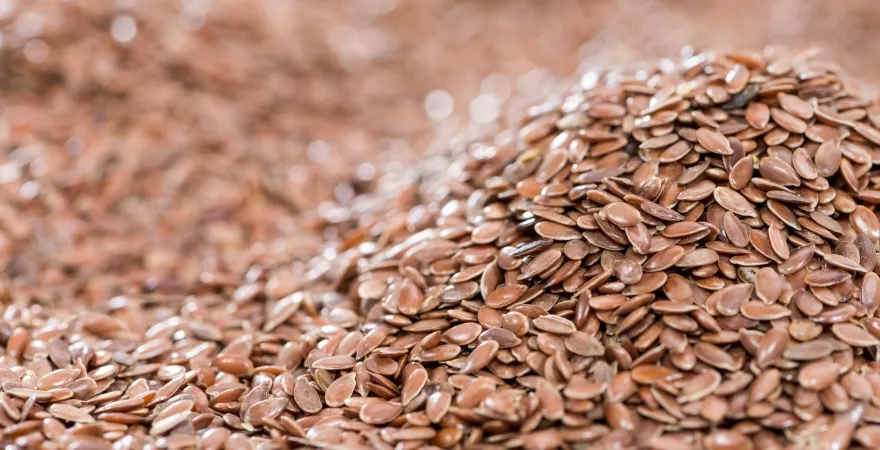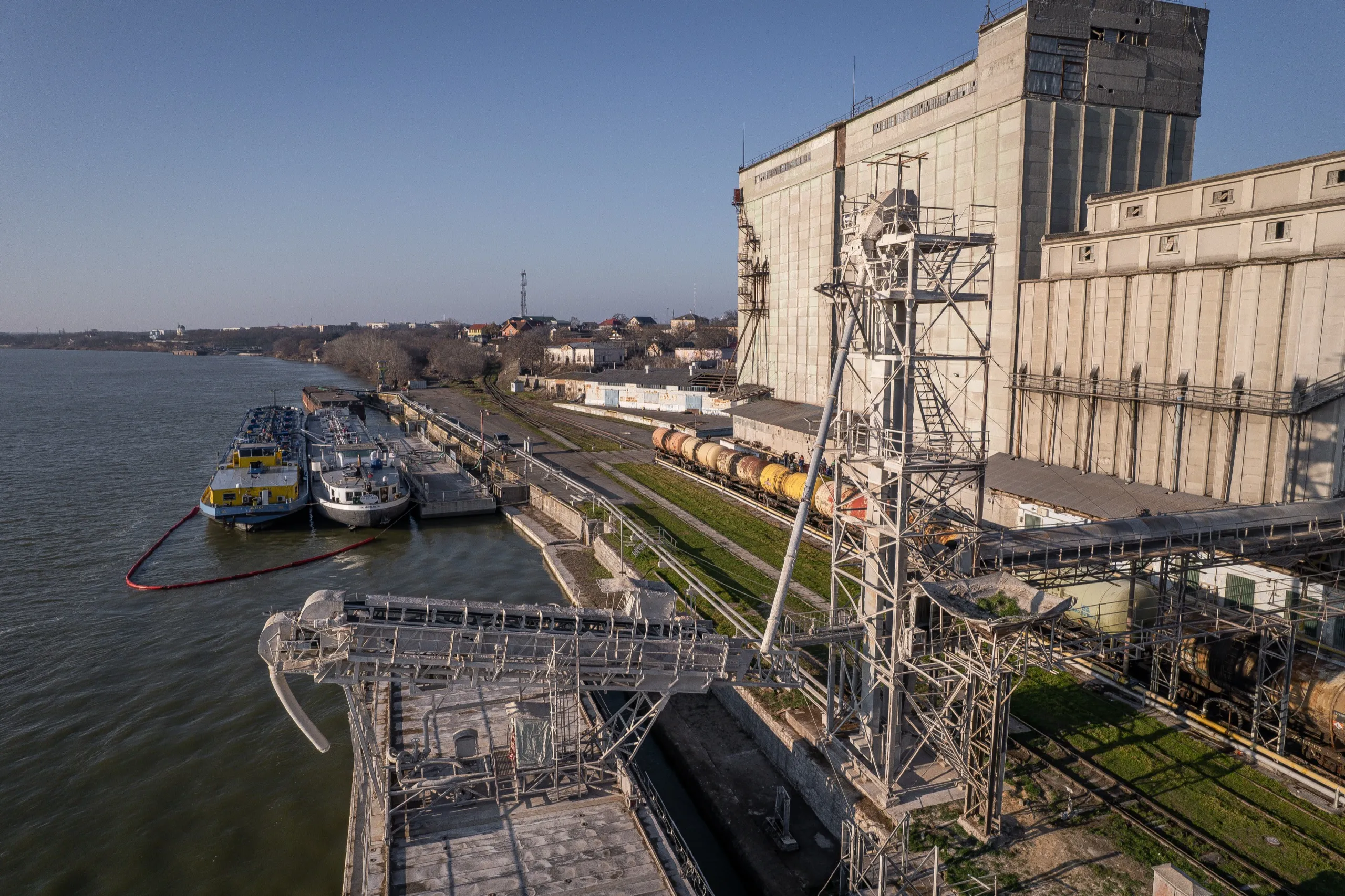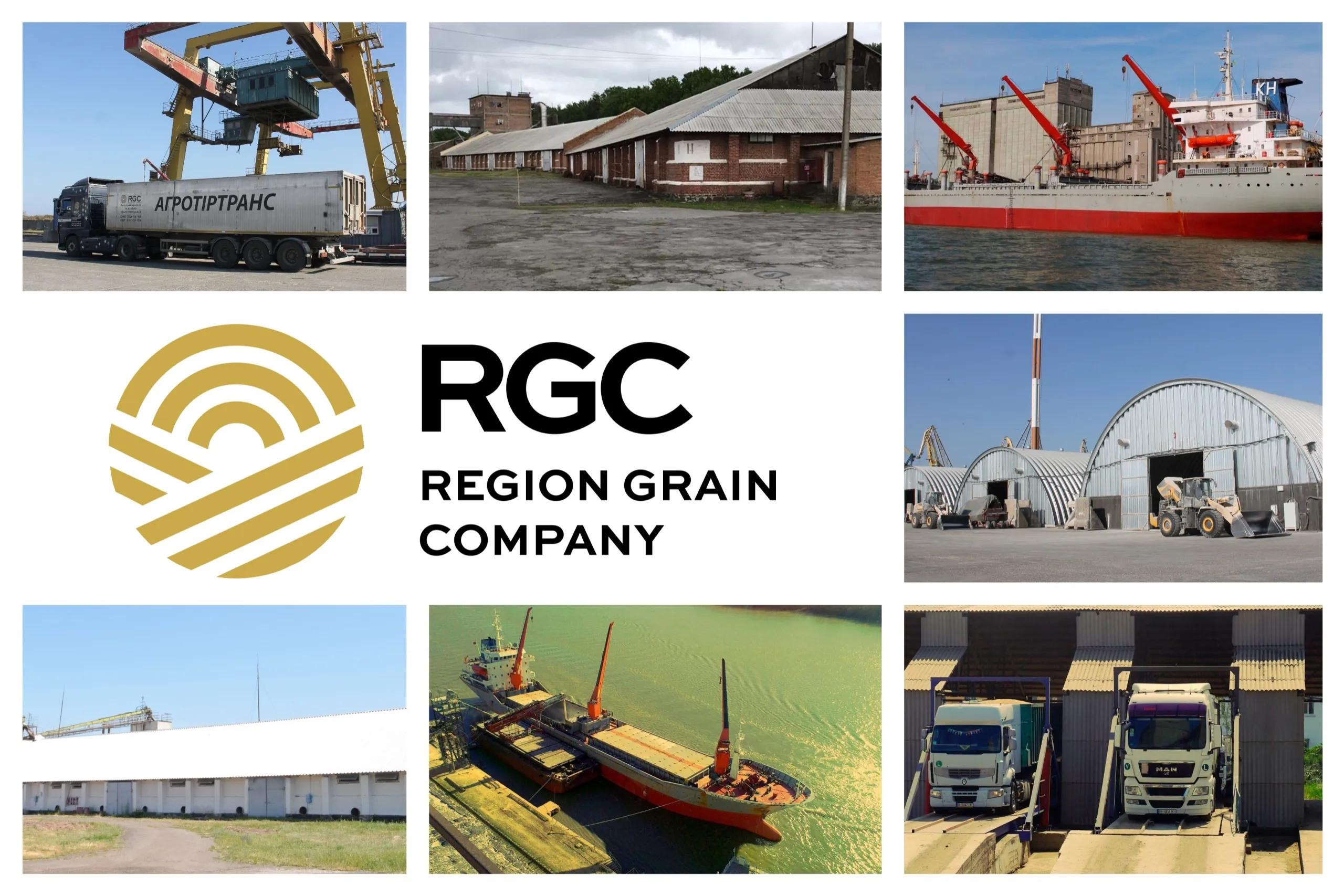When we were traveling to the elevator in the Vinnytsia region, we expected to visit a museum rather than an efficient grain storage facility. The first warehouses of this agricultural production enterprise were put into operation back in the 1940s, which is clearly not a recent development. But during the conversation, it turned out that behind the classic facade of floor warehouses, Kublich Grain has the efficiency of a modern elevator and can accept 2,000 tons of grain per day. Elevatorist.com learned about the modernization of the Region Grain Company enterprise, the difficulties of working in conditions of fierce southern competition, and the “golden elevator fund.”
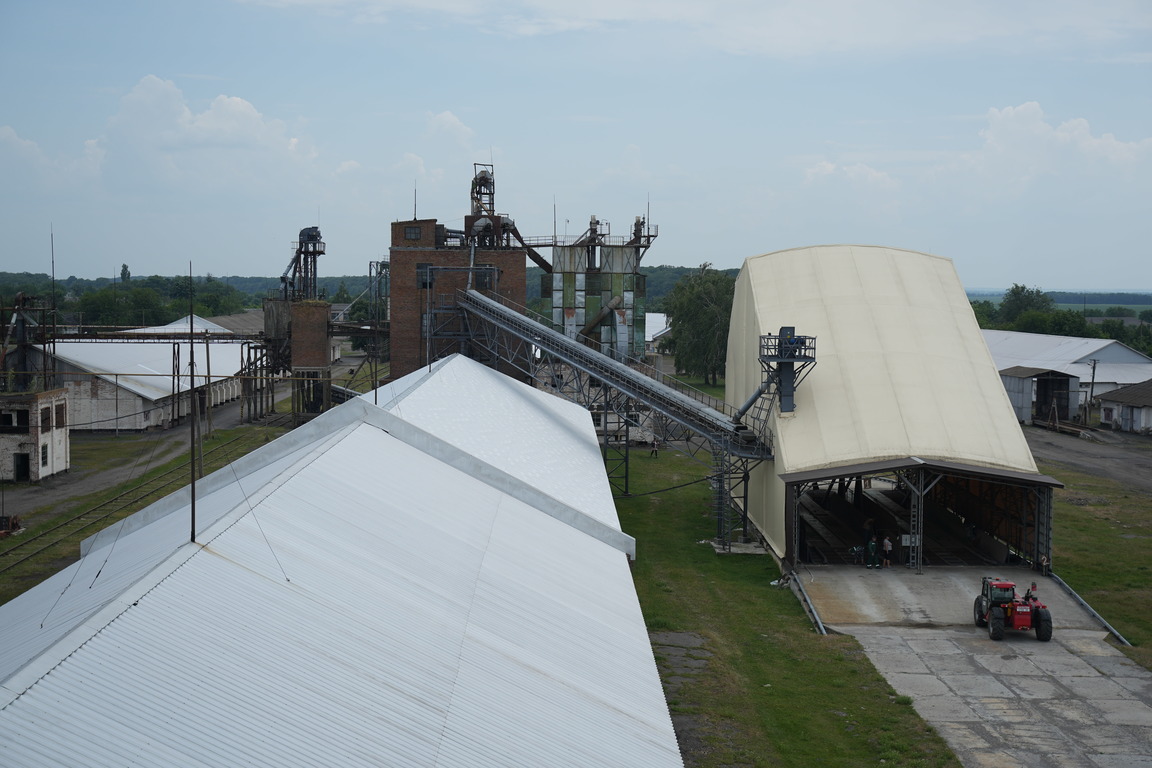
About the elevator
The elevator’s territory is not small — a full 18 hectares, where 20 floor warehouses are located. Most of them were built later, in the 1960s. In total, the elevator can store 55,000 tons of grain.
According to the manager, Gennady Chernyenko, grain has not been dried here for the last few decades, but the grain dryers are kept in working order. There are three grain dryers in total: two run on gas, and the third was converted to liquefied gas during the last modernization.
“In previous years, soybeans with a moisture content of 12% were delivered to us with 7% moisture content, and corn with 10% moisture content. We have already moved into a zone of risky farming, so in our region, a dryer is needed once every 7-9 years,” says the director.

The grain is cleaned on six drum separators and stored in floor warehouses with active ventilation. Chief engineer Petro Dzhuylinsky says that when typical warehouses were built in Soviet times, they always had this option, but later enterprises filled in the ventilation ducts because they were inconvenient to work with. Ventilated warehouses require more human labor; you can’t run a loader there.
“I know of many cases where they were filled in. I think this is a big mistake because we benefit greatly from this factor. Take, for example, a warehouse for 3,200 tons of grain — it’s almost a pile under the gallery. It was filled at an ambient temperature of 33-35°. How can you cool the grain? It’s practically impossible. You have to take it out into the street again and blow air through it. But here, the mass lies motionless in the warehouse, air passes through it and cools it,” says Petro Dzhyulinsky.
The chief engineer said that several decades ago, a batch of wheat from the State Consumer Service was stored at the elevator for three years. Thanks to active ventilation and frosty air, the warehouse literally turned into a refrigerator for three years in a row.
“20,000 tons of food wheat, as far as I remember. The first winter was very cold, so we froze the grain in the warehouses to below-zero temperatures and did not move it. When we shipped it three years later, the temperature in the grain mass was not above 5°,” recalls the chief engineer.
He adds that at that time, the grain inspection service monitored the quality of state grain shipments every month: inspectors came, took samples with probes, and constantly conducted analyses.
“You understand what state grain is — the management of the enterprise was responsible for it. But when it was shipped, none of the grain quality indicators had deteriorated. We shipped it as we received it,” says Petro Dzhyulinsky.
Pests are also afraid of the cold, so they do not develop in conditions close to zero degrees and below. This is an additional advantage of active ventilation in winter.
According to the elevator, Region Grain Company initially had plans to build metal silos at the enterprise. However, after working for several seasons, it became clear that the existing warehouses with a capacity of 55,000 tons were sufficient for the work.
For details, see the link
